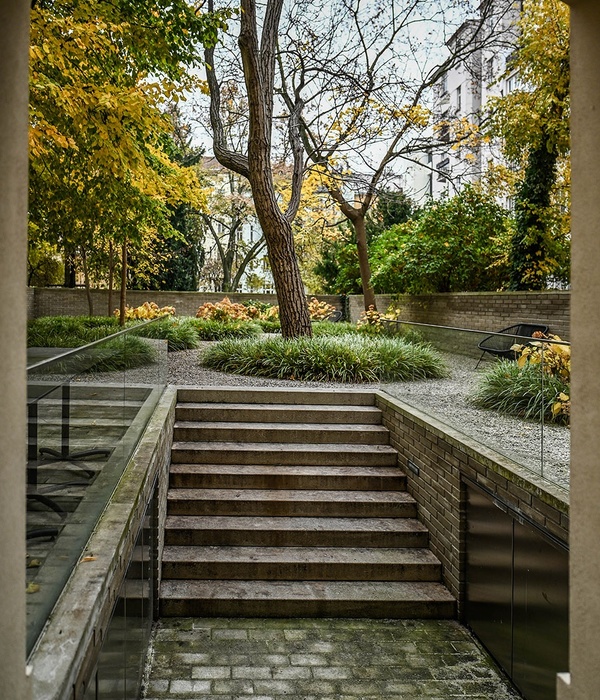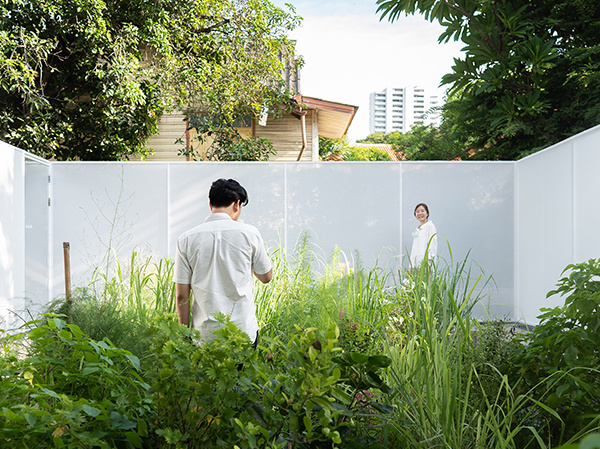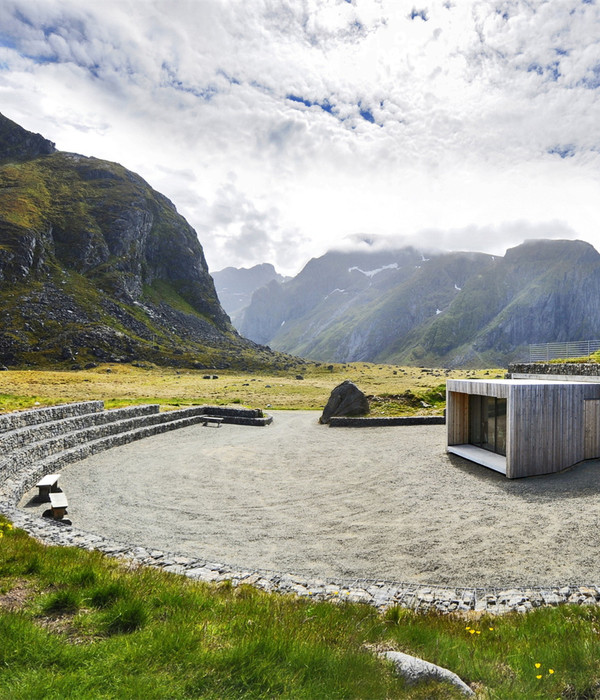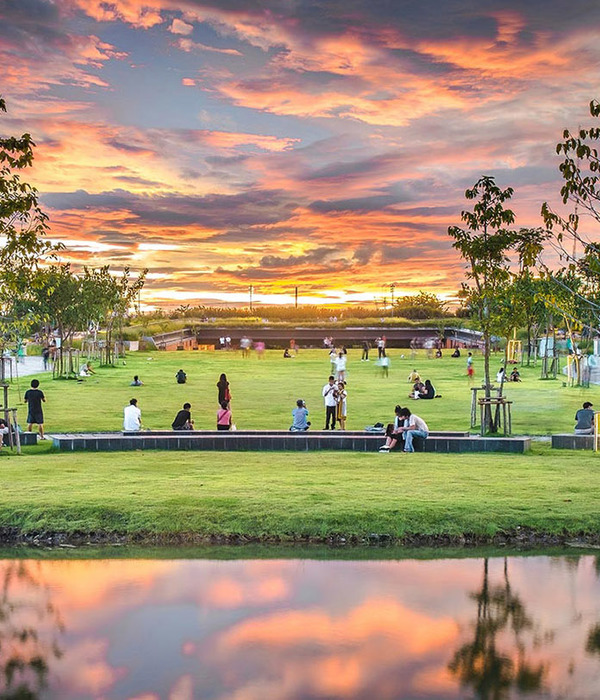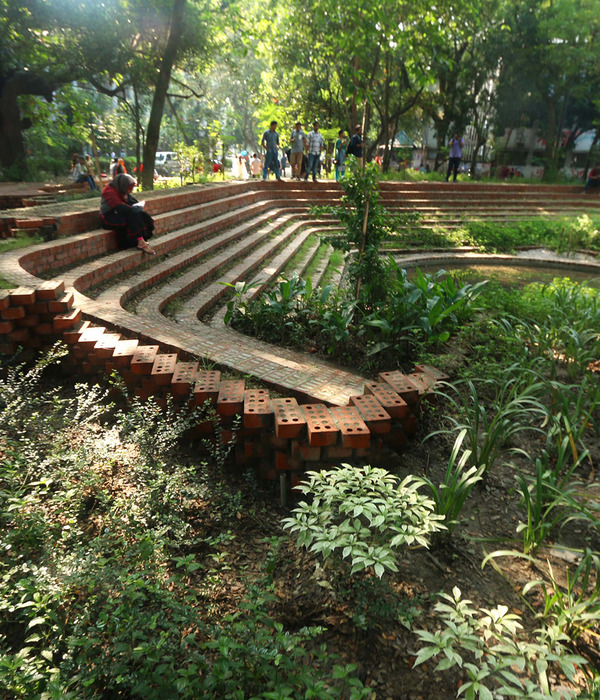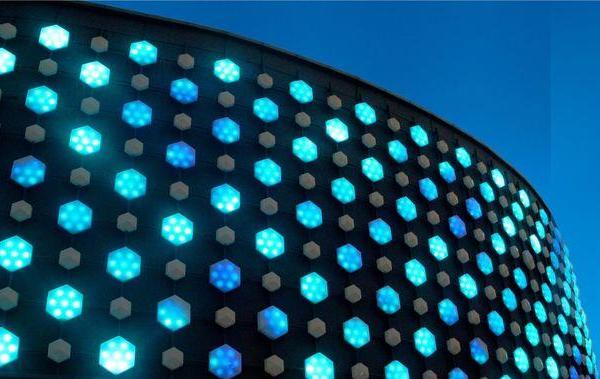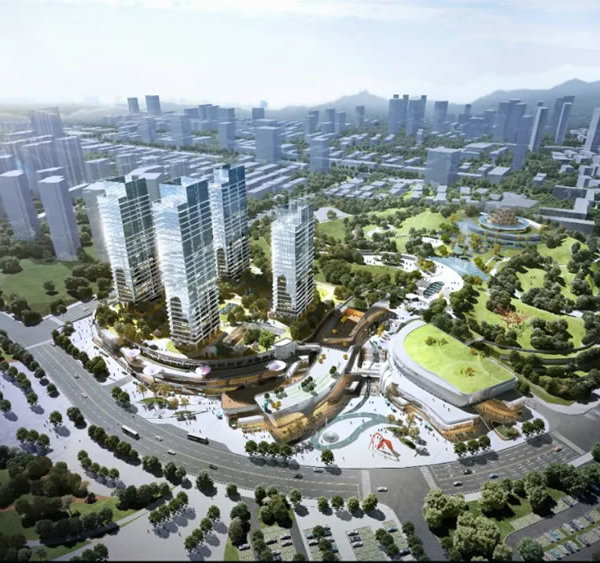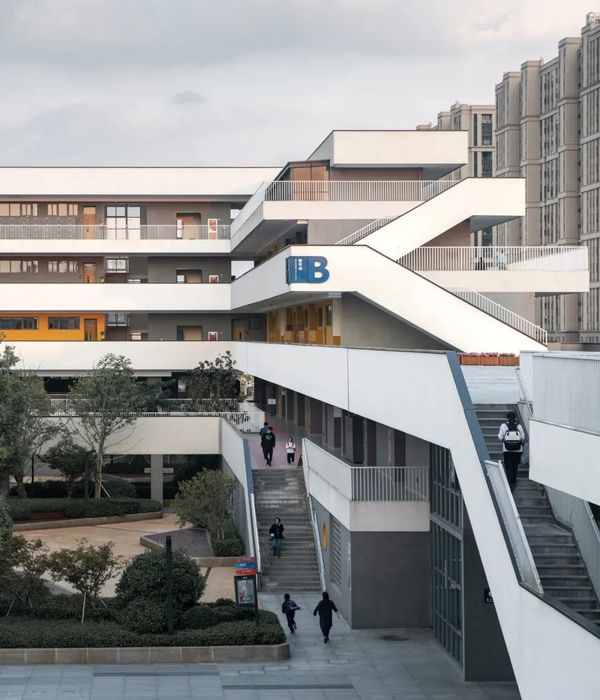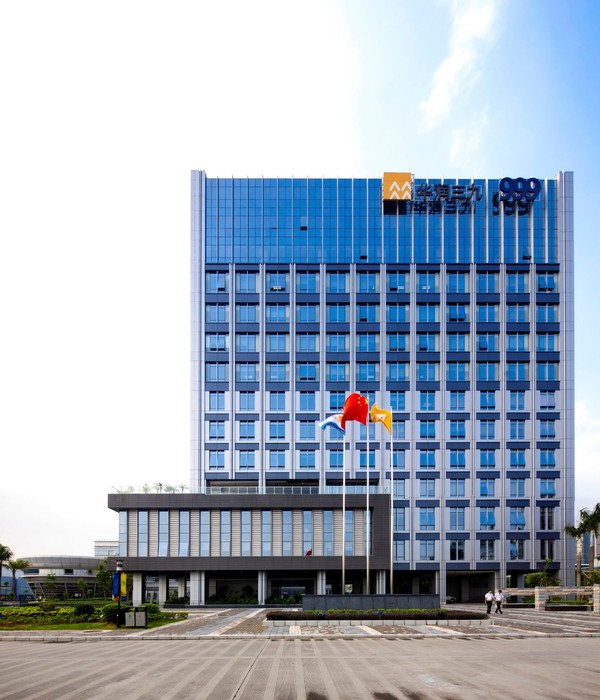The Károly Boulevard is one of the most important routes in Budapest. It runs along the historic boundaries of Pest. Károly Boulevard together with the Múzeum Boulevard and Vámház Boulevard form the well-known Kiskörút (Small Boulevard) defining Pest inner city’s boundary.Amongst the most prominent buildings facing the Károly Boulevard is the Budapest City Hall as well as the Dohány Street Synagogue (Europe’s largest synagogue) located just off the south-east end of the boulevard.
The Károly Boulevard regeneration focused on introducing more green surfaces, creating larger pedestrian areas and traffic calming measures in a location that has been dominated by vehicles for decades. District connection previously lost or obstructed have been re-established and significantly improved such as the connection with Madách Imre square and street.
A central focal element of the boulevard is a unique, urban-scale green element – a central tree alley formed by pleached hornbeams, positioned between the tramlines no. 47 and 49. The pleached tree alley is the first of its kind located in public open space – as opposed to ornamental garden – in Hungary. The compact tree height and strict canopy geometry provided the only solution for tree planting, in response to the rigid traffic regulations with respect to tram infrastructure.
This design incorporated an 8 meters wide formal green corridor between Dohány Street and Deák Square. Vertical water features occupy the centre of the corridor at regular intervals and has been designed to match in appearance with the underground metroline ventilation shafts. Together these elements define a central axis that contribute to the strong geometry of the design.The water columns raise to different heights and in the evening hours together with the pleached hornbeams are further accentuated through discretely placed luminaries.Károly Boulevard pedestrian surfaces have been completely reconstructed displaying a bespoke pavement designed exclusively for the boulevard, as part of strategic regeneration program called Budapest Szíve (Heart of Budapest) led by Budapest Transport Company.
The regeneration of Károly Boulevard has a positive impact on the urban environment and the local microclimate in particular. Introducing larger green surfaces and enlarging the pedestrian areas has shifted the vehicular dominance and improved the visual and psychological impact over the local residents and regular users, and freed more space for the local commerce, thus increasing the pedestrian footfall. The additional spaces have also given the opportunity for various events to take place such as annual markets etc.
Project Data
Landscape architecture: Lépték-Terv
Project Website: Károly Boulevard
Other designers involved in the design of landscape: Főmterv Zrt., Közlekedés Kft., Város-Teampannon Kft. Consortium
Design year: 2009
Year Built: 2011
{{item.text_origin}}

